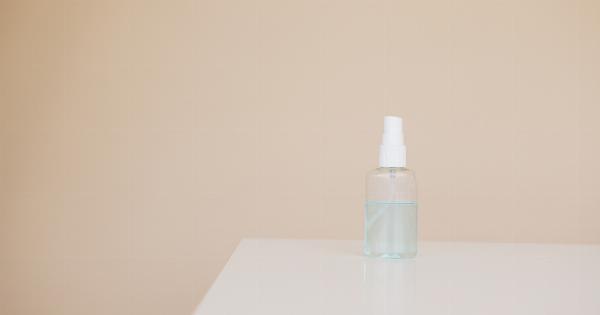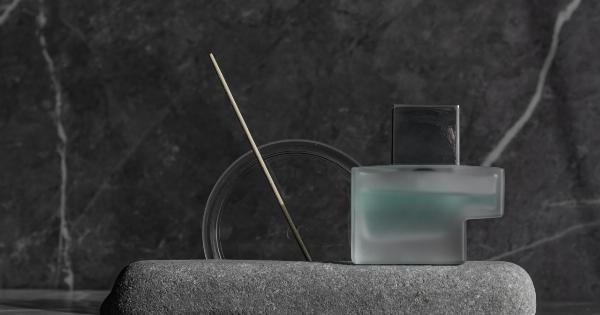Hypertension, commonly known as high blood pressure, affects millions of people worldwide and is a major risk factor for cardiovascular diseases.
While conventional medical interventions such as medications and lifestyle modifications play a crucial role in managing hypertension, there is increasing interest in exploring the potential benefits of ancient practices in actively reducing blood pressure levels. The integration of these traditional practices with modern medicine can provide a comprehensive approach to the management of hypertension, leading to improved patient outcomes and overall well-being.
The History of Ancient Practices
Ancient practices such as meditation, yoga, tai chi, and acupuncture have roots in ancient civilizations like India, China, and Egypt.
These practices have been passed down from generation to generation and have been used for various health conditions, including hypertension. They focus on achieving a balance between the mind, body, and spirit, with the belief that such harmony is crucial for maintaining good health.
The Mechanisms of Action
Research suggests that ancient practices can positively impact blood pressure levels through various mechanisms. For instance, meditation techniques promote relaxation and stress reduction, leading to improved cardiovascular health.
Yoga involves physical postures, breathing exercises, and meditation, which have been shown to decrease sympathetic activity and lower blood pressure. Acupuncture targets specific points on the body to stimulate energy flow, promoting the release of natural pain-relieving substances and regulating blood pressure.
Clinical Evidence
Several studies have investigated the potential antihypertensive effects of ancient practices.
A systematic review published in the Journal of the American Heart Association analyzed 47 randomized controlled trials and found that transcendental meditation, a specific meditation technique, significantly reduced both systolic and diastolic blood pressure values. Another review published in the European Journal of Preventive Cardiology showed that practicing yoga consistently led to modest reductions in blood pressure levels.
Combining Ancient Practices with Modern Medicine
A key aspect of integrating ancient practices into hypertension management is combining them with conventional medical interventions.
It is important to emphasize that ancient practices should not replace prescribed medications or recommended lifestyle modifications but rather complement them. Ancient practices can serve as adjunct therapies that support blood pressure control and enhance overall cardiovascular health.
Professional Guidance and Safety
Prior to engaging in any ancient practice, it is crucial to consult with a healthcare professional, especially if an individual has pre-existing medical conditions or is taking specific medications.
A qualified healthcare provider can offer guidance on suitable practices and ensure that they are performed safely. Additionally, joining classes or working with experienced practitioners can provide individuals with the necessary knowledge and supervision in practicing these techniques correctly.
Potential Benefits Beyond Blood Pressure Control
Ancient practices not only have potential benefits in actively reducing blood pressure but also promote holistic well-being.
Regular practice of these techniques may contribute to stress reduction, improved sleep quality, increased mindfulness, and enhanced overall mental health. The mind-body connection established through these practices can have far-reaching positive effects on various aspects of an individual’s health and lifestyle.
Conclusion
The incorporation of ancient practices into active antihypertensive strategies offers a promising approach to managing hypertension.
While further research is needed to better understand the specific mechanisms and long-term effects, existing evidence suggests that these practices can effectively support blood pressure control and overall cardiovascular health. By embracing the wisdom of ancient traditions and combining them with modern medicine, individuals can take a proactive role in managing their hypertension, leading to improved quality of life and well-being.






























